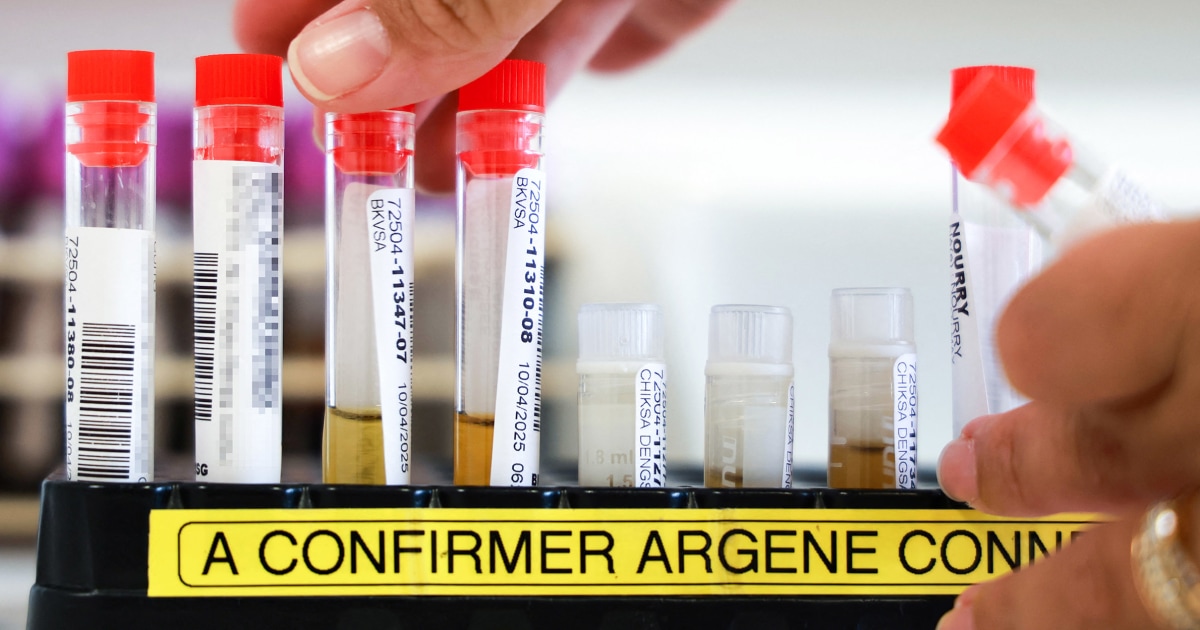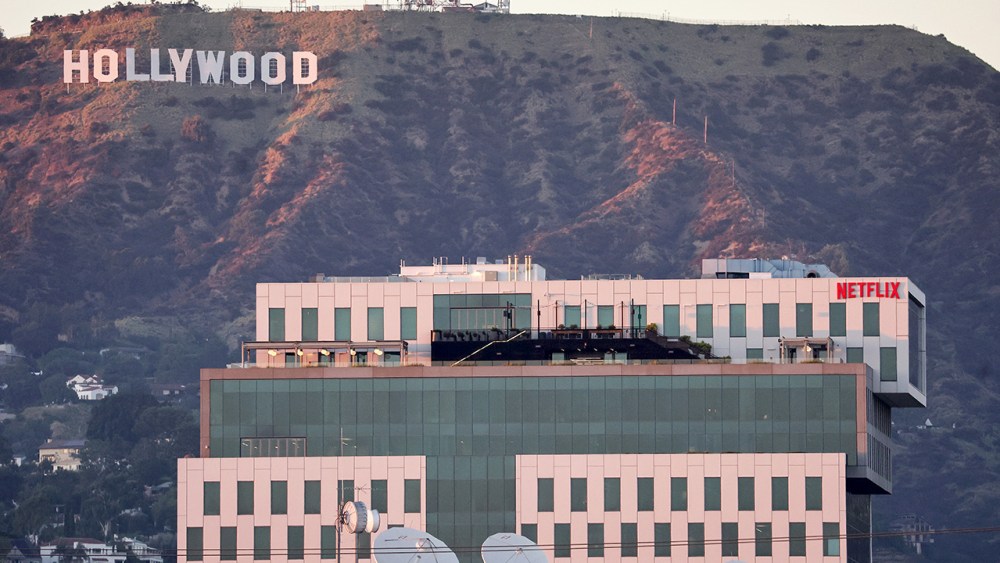Production in Los Angeles continued to be anemic over the last three months, falling below the level of activity recorded during the 2023 writers and actors strikes.
The decline in location shoots was led by a sharp drop in reality TV production, which recorded its second-worst quarter in the last 15 years.
Any effects of the massive expansion of the California film and TV tax credit, which became law on July 1, have yet to show up in the production data. The total number of TV, film and commercial location shoot days fell to 2,631 for the quarter ending Sept. 30, according to FilmLA, which processes permits for most of the region.
That’s 145 fewer days than the fourth quarter of 2023, when SAG-AFTRA was on strike, which represented the previous low point since the pandemic.
Reality TV was not affected by the 2023 strikes, and accounted for nearly all TV production activity in Los Angeles during that time. Since then, it has represented about 50-60% of TV production in the region. In the third quarter, it declined by 42% compared to the April-June quarter, falling to 649 days.
Since 2010, when FilmLA began tracking shoot days in this way, the only worse quarter for reality TV production was April-June 2020 — when nearly all production halted due to the pandemic.
Other TV productions — comedies, dramas and pilots — dropped 33% compared to the prior quarter.
FilmLA, an industry-backed non-profit, offered an optimistic take on the numbers, saying that productions are starting to line up permits for the fourth quarter, buoyed by the expanded state incentives.
“We know that it will take a little while for new incentive-backed projects to get underway and be reflected in our data, so we were not surprised to see on-location production continue to slip this summer despite the state’s increased investment,” said Philip Sokoloski, a spokesman for the agency.
Looking for a bright spot, FilmLA noted that feature film production increased from 476 days in the third quarter of 2024 to 522 in the same quarter this year. However, that was still 30% below the five-year average.
California lawmakers increased the film and TV subsidy from $330 million a year to $750 million, while also expanding the amount that each production can receive to as much as 40% of eligible costs. The state also broadened eligibility to sitcoms, animation and large-scale competition shows — though not to game shows, talk shows or commercials.
Production has declined significantly around the world since the post-pandemic frenzy of 2022, including drops in Georgia, New York, Canada and the U.K.
First Appeared on
Source link












